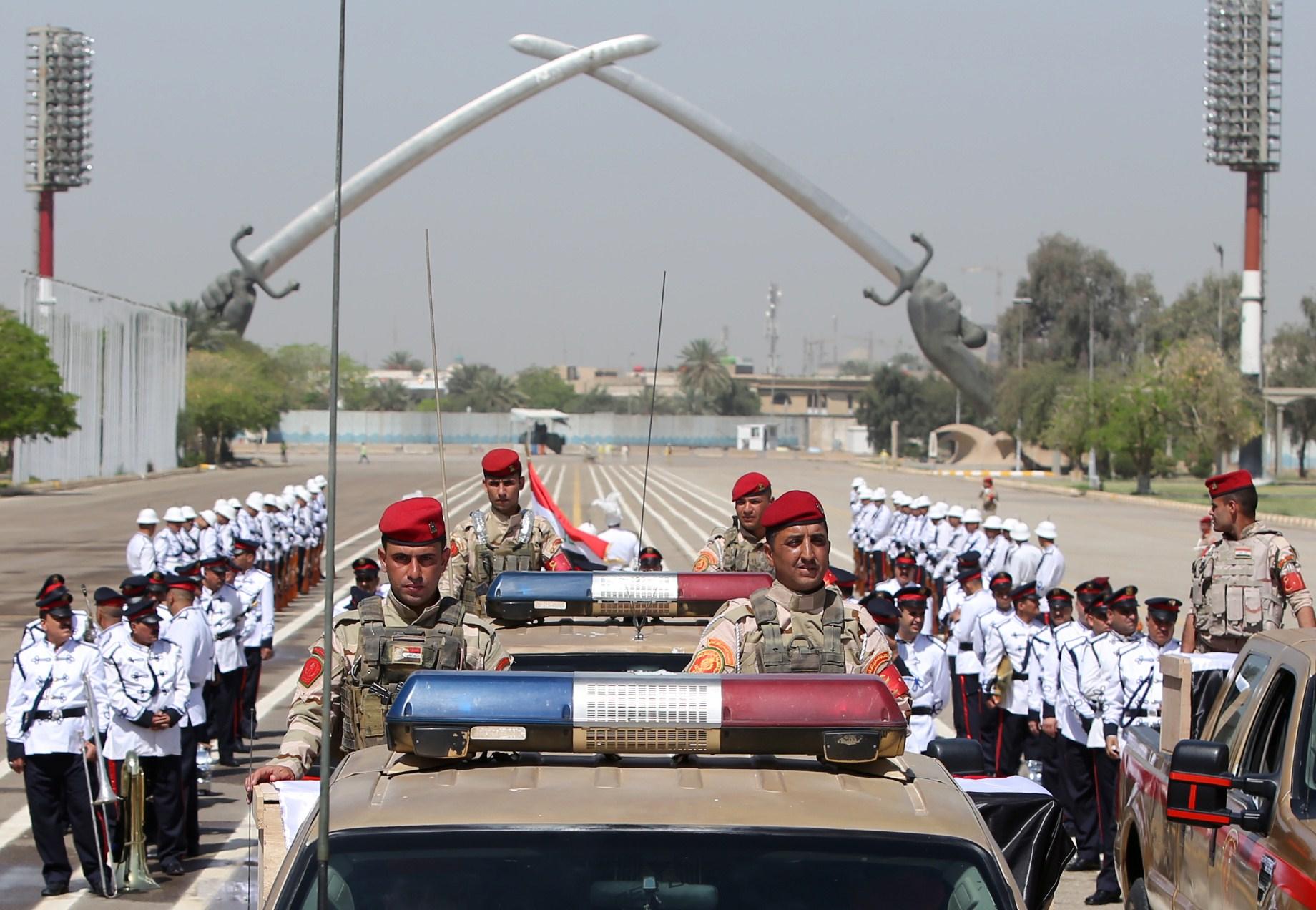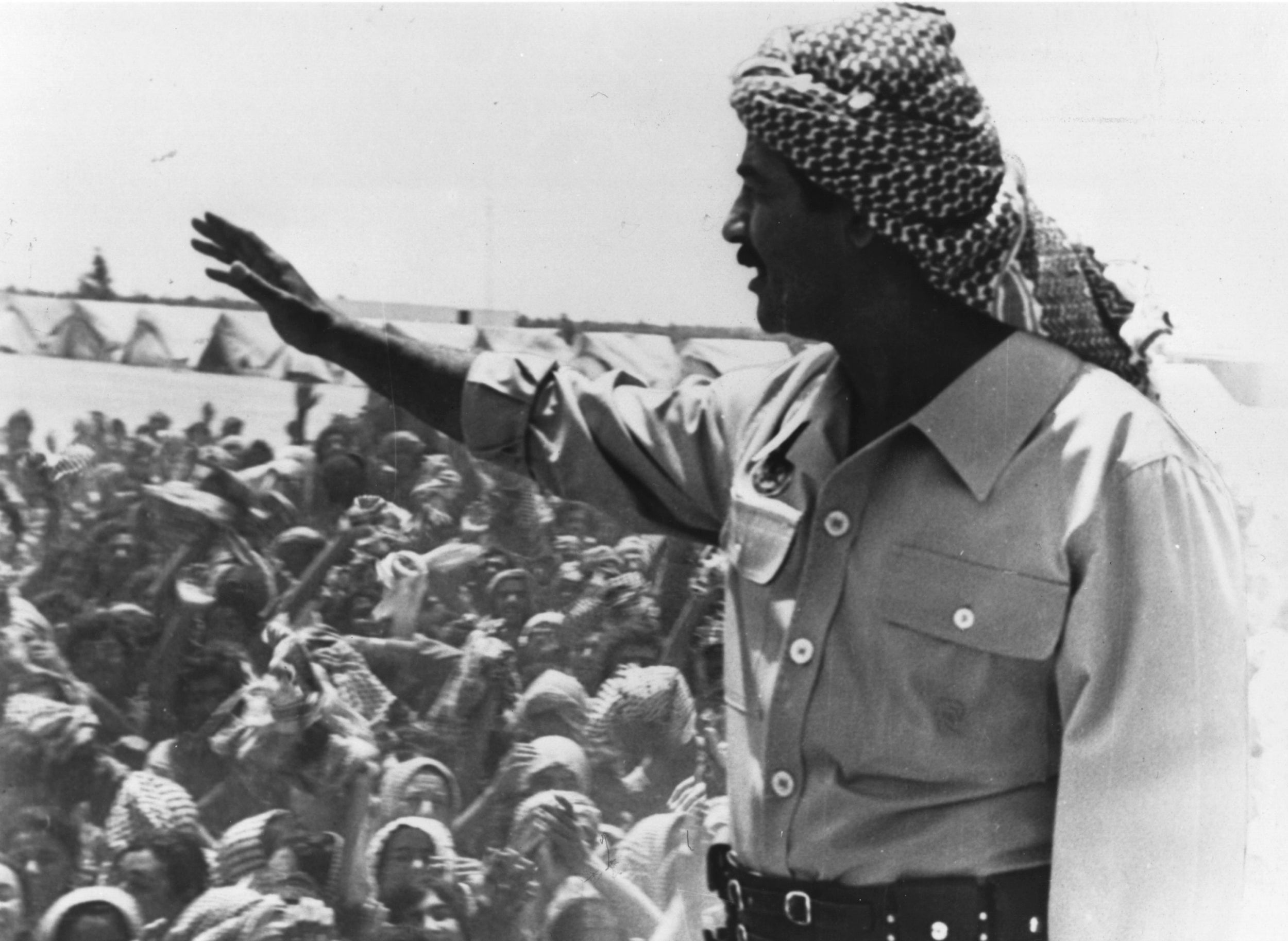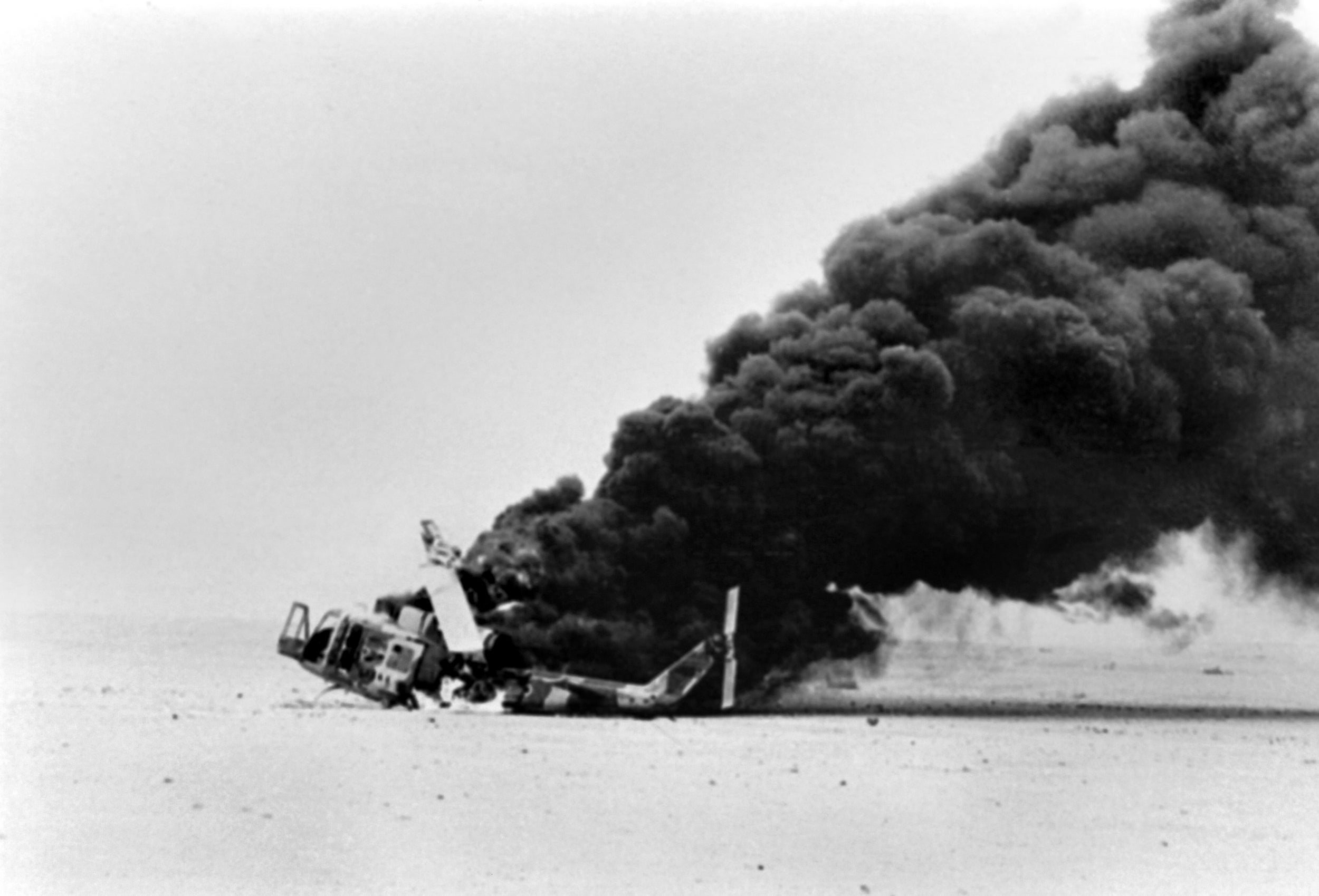Iran-Iraq War: How a forgotten conflict still shapes Middle East politics to this day
Revulsion at atrocities committed is not the only reason for seeming worldwide amnesia about the eight-year conflict, as Patrick Cockburn explains


Many who took part in the eight-year Iran-Iraq War, which ended 32 years ago on Thursday, would like to forget what happened. It was a horrendous conflict that killed at least half a million people. It saw poison gas used on a mass scale over several years for the first time since the First World War. Whole communities were massacred, notably the Kurds, and prisoners and dissidents were tortured and executed.
Yet revulsion at these atrocities is not the prime explanation for world-wide amnesia over the outcome of the war. The reason is rather that few of those who took part in it got what they wanted or, if they did, it was by a historic accident that was none of their doing. Above all, there is little realisation that the Iran-Iraq War was the opening chapter of a series of conflicts centred on Iraq and the Gulf that have shaped the politics of the modern world.
Saddam Hussein’s armies invaded Ayatollah Khomeini’s revolutionary Iran on 22 September 1980 in what he initially dubbed “the Whirlwind War”. But instead of winning a speedy victory, the Iraqi dictator found himself bogged down in an eight-year conflict in which at least 200,000 Iraqis and 300,000 Iranians were killed.
It ended only when Iran, by this time under increasing attack from the US and its allies as well as Iraq, agreed to a UN-brokered ceasefire on 20 August 1988. Overmatched and on the retreat, Khomeini announced that it was time “to drain the bitter cup” and end the war.
The conflict had such a profound impact on the Middle East, and the world at large, because it set the stage for Saddam Hussein’s invasion of Kuwait in 1990 and for the US invasion of Iraq in 2003. It also escalated the confrontation between Sunni and Shia Islam that has become such a dominant theme in regional politics.
The US became almost a full military ally of Saddam Hussein in the war’s concluding years, with US aircraft attacking Iranian oil tankers in the Gulf and the US navy striking at Iranian oil facilities. Saddam Hussein’s allies showed strikingly little concern when he used Weapons of Mass Destruction (WMD) in the form of poison gas against Iranians and Kurds. Yet a few years later, possession of WMD by Saddam Hussein – though by this time he no longer had any – was considered so dangerous that it justified draconian economic sanctions and culminated in the US-led invasion of 2003.
The US and its allies showed little embarrassment over these hypocritical U-turns. They got away with them by ignoring their own role in the Iran-Iraq War or pretending that it was only a minor footnote to history.
Saddam Hussein treated the Iranian acceptance of the 1988 ceasefire as a great victory won by his own genius, boosting his successes well beyond what Iraq had really achieved. Believing his own triumphalist propaganda, he grossly exaggerated Iraq’s post-war political and military strength. A symbol of this was the construction in Baghdad of an extraordinary Iraqi version of the Arc de Triomphe, which opened in 1989 and consisted of two giant crossed swords held by two 40ft-long metal forearms, modelled on Saddam Hussein’s own. The Iraqi army staged a victory parade beneath the crossed swords, which still stand 14 years after Saddam Hussein was hanged in 2006.
The Iraqi leader’s hubris had some substance. The war turned Iraq temporarily into the leading military power of the Gulf. It had started the war with 10 army divisions and ended it with 55 divisions, 4,000 tanks and missiles that could reach Tehran or Tel Aviv. But it had also been a war fought on credit and loans, and it was angry disputes over these debts with the Arab oil states that culminated in Iraq invading Kuwait in 1990.
Iran had sued for peace when it accepted the UN ceasefire but it had not been decisively defeated. On the contrary, Iraq had invaded Iran in 1980 in order to make symbolic territorial gains and to humiliate the newly created Islamic Republic. It achieved neither aim. Saddam Hussein had wrongly calculated that the Iranian armed forces would be crippled by revolutionary chaos. But, in the event, revolutionary fervour compensated for military disorganisation and lack of equipment. Iranian units fought to the death to defend Khorramshahr and Abadan close to Basra in southern Iraq and the offensive never penetrated very far. Iranian counter-offensives over the next two years drove the Iraqi army out of Iran. By the end of 1982, US intelligence estimated that Iraq had lost 45,000 dead and the same number of prisoners. For a country with a population of 15 million at the time, these were heavy losses.
Ayatollah Khomeini and the Iranian leadership began to dream of carrying their revolution west on the bayonets of their victorious soldiers. They, in their turn, were over-confident, and demanded as the price of peace that Saddam Hussein step down as Iraqi leader.
The belief that Iran might win a complete victory was misplaced, but not entirely unrealistic. Iran’s population was three times that of Iraq and two-thirds of Iraqis are Shia Muslims. Some 80 per cent of the officer corps of the Iraqi army were Sunni Muslims, but the great majority of the rest were Shia. They showed little enthusiasm for fighting their Shia co-religionists in Iran during the first stages of the war. Some said later that they had deliberately shot into the air and battalions of Shia soldiers laid down their weapons and surrendered. If Shia disaffection had remained at this high level, then Iran could have won.

It never happened: the Iraqi Shia might be unenthusiastic about invading Iran, but that did not mean that they wanted Iran to conquer Iraq. After the Iranians crossed the Iraqi frontier, Iraqi Shia soldiers stopped surrendering and fought back. There was a growing sense of Iraqi solidarity, particularly after the Iranians made a surprise attack to seize the Fao peninsula in 1986. “When Iran occupied Fao everybody began to fight back,” recalled Jafar Ali, a Shia captain in the Iraqi army who had initially opposed the war. “This was the natural reaction to foreign invasion in all the Shia towns.”
There was another compelling reason why the Iranians were not likely to win a complete victory: the US was determined that they should not do so. The overthrow of the Shah by Khomeini in 1979 and the Iranian seizure of US diplomats in Tehran as hostages had been humiliating defeats for the US. Washington would not accept another Iranian success. Some believe, probably wrongly, that the US was complicit in starting the war in 1980 to punish Iran.
To avert an Iraqi defeat, the CIA started giving Baghdad regular intelligence briefings and satellite pictures of Iranian positions. Iraq was dropped from the list of states supporting terrorism, though Abu Nidal, a notorious terrorist, was resident there. The US embassy in Baghdad was reopened in 1984.
When Iraqi jets using French Exocet missiles attacked Iranian oil tankers in the Gulf, Iran retaliated against Kuwaiti tankers carrying Iraqi crude. The US joined in on the Iraqi side in the so-called tanker war while the US navy attacked Iranian oil facilities. Its intervention culminated in one of its ships, the USS Vincennes, accidentally shooting down an Iranian civilian airliner en route to Dubai on 3 July 1988, killing all 290 passengers on board.

Ayatollah Khomeini was persuaded by Iranian political leaders that the US had, for all practical purposes, joined in the war on the Iraqi side and Iran had no choice but to end it. It could claim to have stood up almost alone against Iraq when Saddam Hussein was backed by much of the world. But Iranian armies were on the retreat when it finally accepted the ceasefire and Saddam Hussein was still in power. Iran today is filled with elaborate war cemeteries and the war was the seminal experience for many of the present-day Iranian leaders.
The Iranians had the bizarre experience of gaining much of what they had fought for thanks to Saddam Hussein’s mistakes and US intervention. Iraq’s dominance in the Gulf was short-lived. Saddam Hussein was defeated in Kuwait in 1991 and overthrown in 2003 by a US-led coalition. This removed Iran’s most powerful and hated regional enemy and inadvertently promoted it to be a regional superpower.
The ceasefire between Iraq and Iran 32 years ago had the advantage of stopping the killing. Yet the return of peace was never complete. The Iraqi Kurds had risen up at the start of the war and went on being slaughtered after it ended. No less than 182,000 Iraqi Kurds were massacred in the genocidal Anfal campaign launched by Saddam Hussein. Fortunately, he was to throw away the fruits of his partial victory by exaggerating its extent. Had he been a less arrogant man, and taken a more realistic view of the 20 August 1988 ceasefire, he could still be in power to this day.
Join our commenting forum
Join thought-provoking conversations, follow other Independent readers and see their replies
Comments